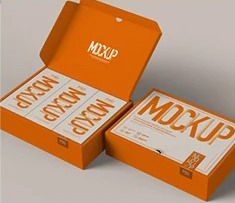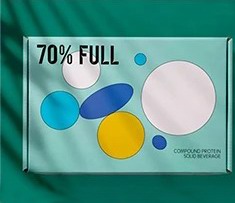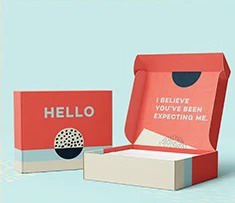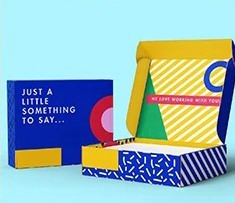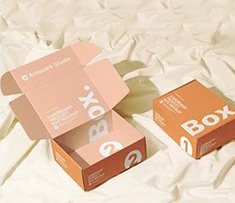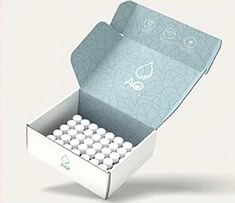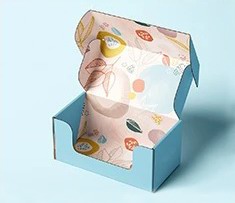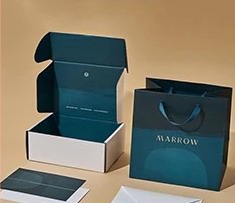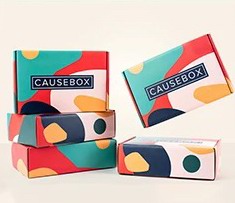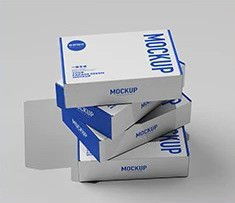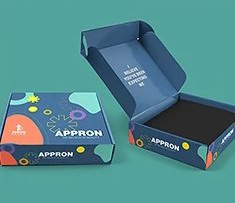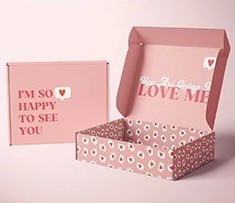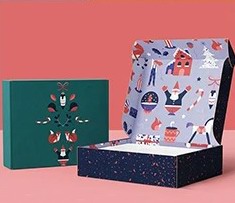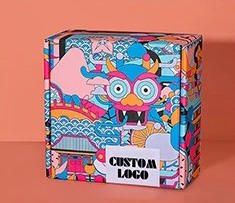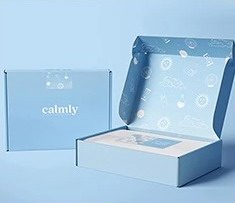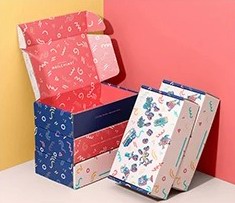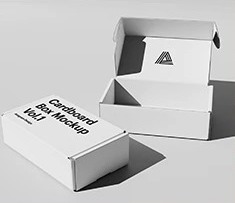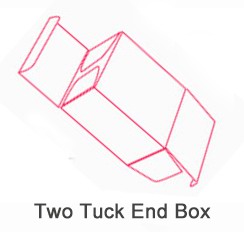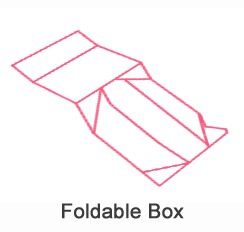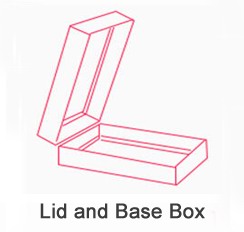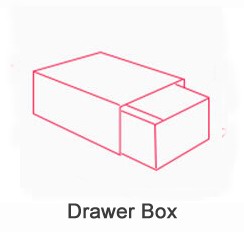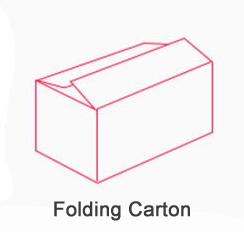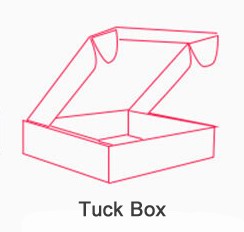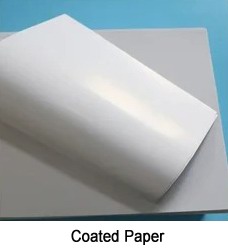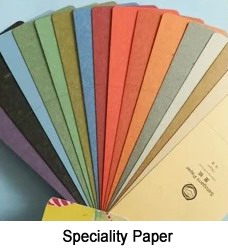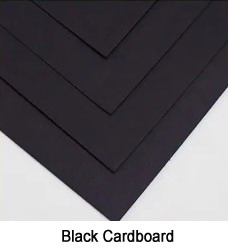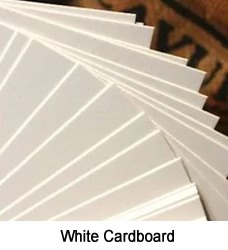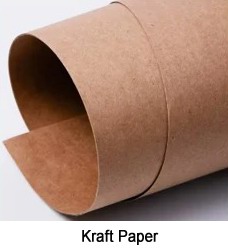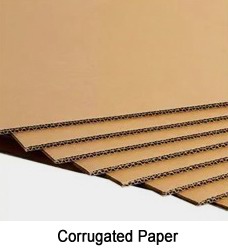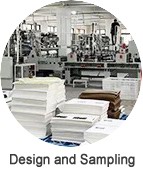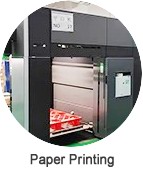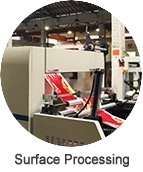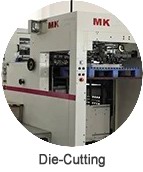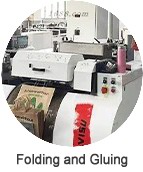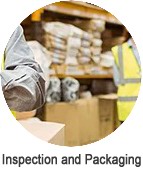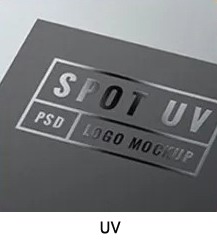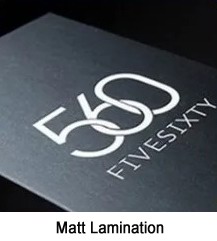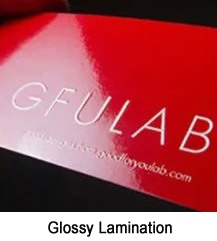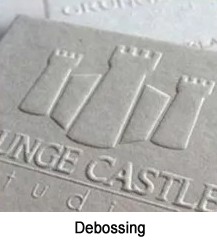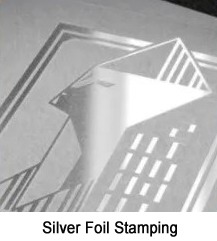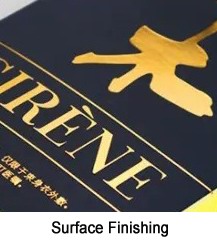Custom Paperboard Boxes
The main purpose of paperboard box is to provide packaging protection and promotional display for products. It can protect products from damage or contamination, while attracting consumers’ attention through beautifully designed appearance and printed content, conveying product information and brand image, and promoting sales. Paperboard box plays an important role in the retail market, not just simple packaging, but also a carrier of brand communication and marketing, which is crucial for the successful sales of products.
1. Products
Paperboard boxes are usually made of single-layer cardboard. The cardboard is relatively thin and strong, with various styles. It can be designed into various shapes and sizes. It is easy to print and brand customized. It is commonly used because of its aesthetics and moderate protection. Suitable for packaging of light commodities such as food, medicine, cosmetics, etc.
1.1 Common Types
1.1.1 Folding Carton. Made of printed and glued folding cardboard, commonly used for packaging food, medicine, daily necessities, etc.
1.1.2 Foldable Box. Can be folded into a flat box, saving transportation and storage space, commonly used for packaging clothes, toys, etc.
1.1.3 Drawer Box. Consists of a bottom and a lid, with the lid being able to be pulled out from the bottom, commonly used for high-end gifts, jewelry, etc.
1.1.4 Lid and Base Box. Consists of an upper lid and a lower base. The lid is slightly larger than the base, making it easy to flip open or close, convenient for taking out items.
1.2 Paper Materials
1.2.1 Copperplate Paper. Smooth and high-quality coated paper, suitable for high-quality printing, commonly used for exquisite packaging of color boxes.
1.2.2 Double Copperplate Paper. Thicker and more sturdy than copperplate paper, with a smoother surface and better printing effect, suitable for high-quality color box packaging.
1.2.3 White Cardboard. Thick and hard paperboard with a smooth surface, suitable for color printing and stamping, commonly used for making color boxes.
1.2.4 Kraft Paper. Natural-colored paper with good toughness and abrasion resistance, commonly used for handbags and packaging paper for color boxes.
1.2.5 Greyboard Paper. A solid and thick paperboard with certain hardness and compressive resistance, commonly used for inner lining and structural support of color boxes.
1.2.6 Corrugated Board. Consists of a flat cardboard layer and a corrugated cardboard layer sandwiched between two facing layers. Corrugated board is lightweight, sturdy, and has shock absorption and cushioning properties, commonly used for various packaging boxes and filling materials.
1.3 Surface Coatings
1.3.1 BOPP Film. A transparent and tough plastic film with good transparency and glossiness, commonly used for laminating color boxes to enhance their appearance and provide waterproof and dirt-proof functions.
1.3.2 PET Film. A highly transparent and mechanically strong plastic film with good tensile strength and abrasion resistance, commonly used for laminating color boxes to enhance durability and appearance.
1.3.3 POF Film. A heat-shrinkable plastic film that can be tightly adhered to the surface of color boxes by heat shrinkage, forming a protective layer with excellent transparency and glossiness, effectively enhancing the appearance of color boxes.
1.3.4 OPP Film. A highly transparent and tough plastic film commonly used for laminating color boxes to protect their surfaces, enhance durability, and improve appearance.
1.3.5 PVC Film. A soft and transparent plastic film with good weather resistance and mechanical properties, commonly used for laminating color boxes to enhance appearance and provide waterproof and dust-proof functions.
1.3.6 PP Film. A plastic film with good transparency and flexibility, commonly used for laminating color boxes to enhance appearance and provide waterproof and dirt-proof functions.
2. Production Process
2.1 Design and Sampling
Design color boxes according to customer requirements and product characteristics. Designers create preliminary designs using computer-aided design software (CAD), then produce samples for customer approval and testing
2.2 Paper Printing
Use various printing technologies such as offset printing, flexographic printing, or digital printing, along with high-quality inks and pigments. After printing, the paper undergoes drying treatment to ensure stable adhesion of the patterns to the paper surface.
2.3 Surface Processing
Apply surface finishing techniques such as laminating, UV coating, hot stamping, and embossing to enhance the visual effects and protective properties of color boxes.
2.4 Die-cutting
Cut the printed paper into specific shapes according to design requirements using die-cutting molds, ensuring accurate and neat cutting.
2.5 Folding and Gluing
Fold and glue paper segments to form the final structure of the color boxes, ensuring product quality and production efficiency with automated mechanical equipment.
2.6 Inspection and Packaging
Inspect printing quality, die-cutting accuracy, and folding and gluing integrity to ensure compliance with standards and customer requirements. After inspection, pack color boxes into cartons or bags for shipment.
3. Problem and Solution
3.1 Color Deviation in Printing
3.1.1 Material Selection. Choose high-quality and stable printing raw materials such as paper and ink to ensure color consistency in printing products.
3.1.2 Ink Inspection. Use stable ink formulations and ensure thorough and uniform mixing to avoid color deviations caused by different ink batches. Regularly check the ink status and storage conditions to maintain stable ink color.
3.2 Printing Spots
3.2.1 Ink Selection. Use ink with good water resistance and ensure pigment uniformity to reduce the occurrence of spots. Impurities or uneven pigments in ink can cause printing spots.
3.2.2 Process Optimization. Adjust parameters such as temperature and humidity during the printing process to reduce the occurrence of spots.
3.3 Edge Bursting
3.3.1 Material Selection. Choose materials with sufficient strength, such as appropriate thickness cardboard or corrugated cardboard.
3.3.2 Consider Reinforcement Design. Add corner reinforcement or use rounded corner designs to strengthen edges.
3.4 Delamination
3.4.1 Adhesive Selection. Choose reliable adhesives and ensure uniform application during coating to improve adhesion.
3.4.2 Temperature and Humidity Control. Strictly control temperature and humidity during production to reduce delamination.
3.5 Film Peeling
3.5.1 Temperature Control. Control the temperature of the film laminating heating channel to prevent excessive or insufficient temperature, which may cause film peeling.
3.5.2 Pressure Control. Adjust the pressure of film lamination according to the fiber structure of the paper to ensure firm adhesion.
3.5.3 Film Speed. Control the speed of film lamination to ensure proper adhesion.
3.5.4 Static Electricity Treatment. Apply plasma surface treatment technology to improve surface tension and adhesive properties for better bonding effects.
3.6 Ink Smudging
3.6.1 Ink Selection. Use ink with good water resistance and adjust the amount of various printing aids to ensure ink water balance. Excessive use of low-viscosity ink or overly soft ink formulations may cause ink smudging.
3.6.2 Parameter Adjustment. Adjust the viscosity and temperature of the adhesive to ensure stability and applicability, improving accuracy of adhesion

